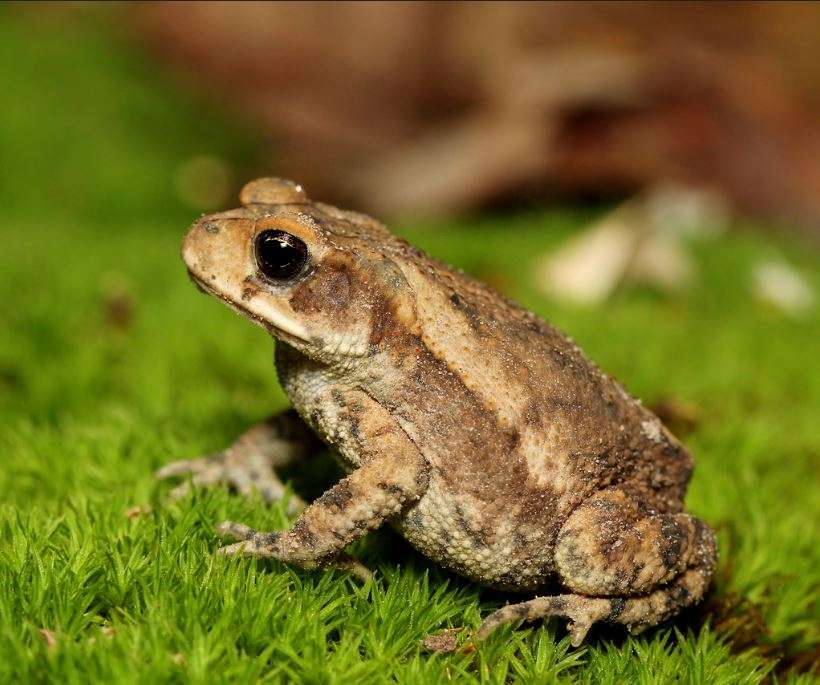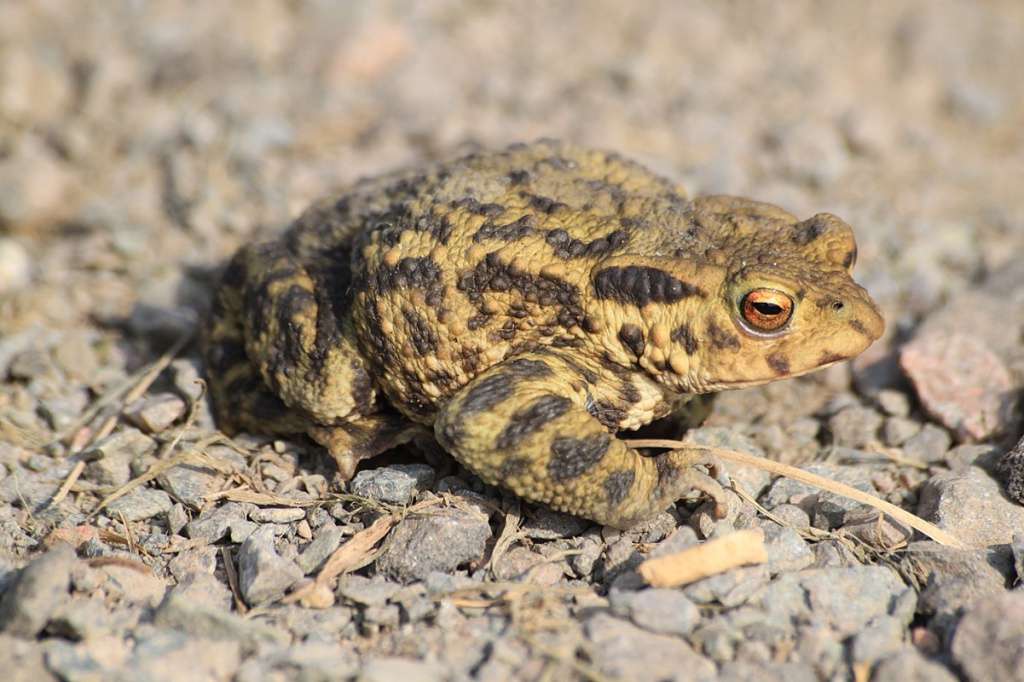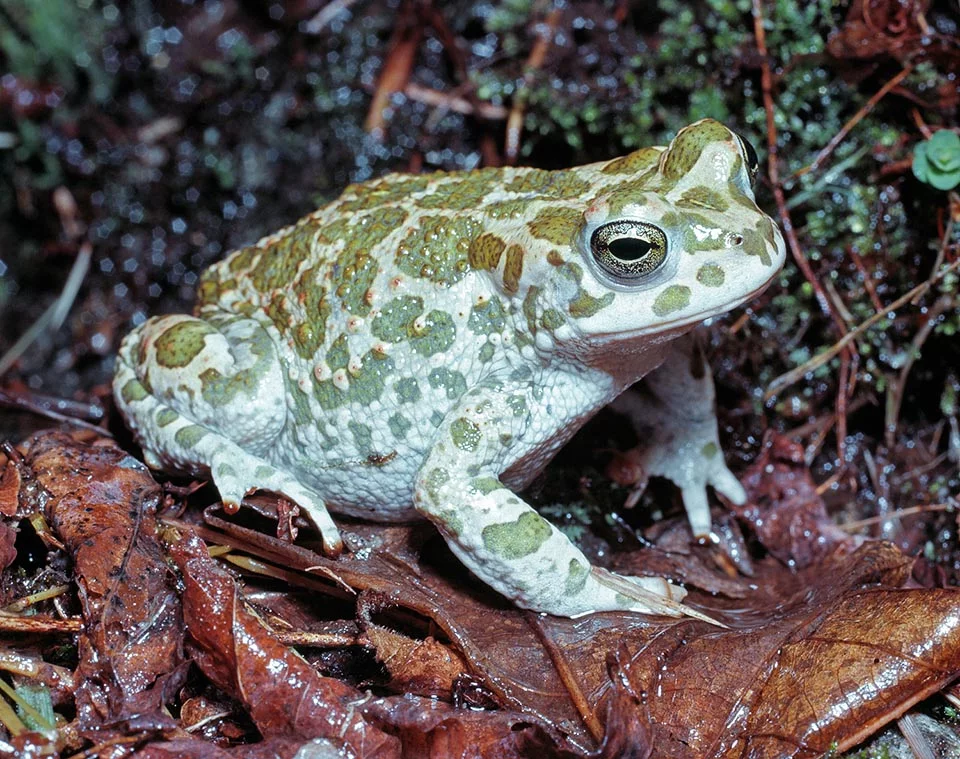
Incilius valliceps can be found in Costa Rica, eastern and southeastern Mexico, and Central America. A medium-sized toad species, this toad grows to a length of between 5.1 and 10.2 cm (2 and 4 in). Their back can range in hue from almost black to brown and gray tones, with a recognizable white or yellowish stripe running down the middle and occasionally lighter colored patches on the sides.
The Gulf Coast toad can be found in a variety of environments, such as semi-arid areas, open grasslands, light forests, and even residential backyards.
Appearance
This toad species is 2-4 inch long, somewhat flat toad. Individuals’ colors can vary, but the majority are typically dark brown, almost black, with hints of deep orange to yellow-brown and whitish dots on the dorsum. They have a bright stripe down the middle of the back that starts on the head, as well as two broad, dark lateral stripes on either side. The very pronounced cranial crest, which creates a deep valley between the eyes, is a very distinctive feature of this species. Most of them have a noticeable, black, narrow line that spans the length of the upper lip and have triangular parotoid glands that connect to the crest directly behind the eye. Both sexes have a yellowish or cream-colored venter, and males have a yellow-green neck while females lack pigment.

Distribution and Habitat
Extremely south-eastern Mississippi, east-central Texas, and southern Mexico make up the species’ natural range. Throughout their habitat, especially along the Gulf Coast of Texas and Louisiana, they are abundant. It’s possible that dispersal along river systems caused some of the disjunct populations that have been discovered in Arkansas and northern Louisiana. The natural environments where Gulf Coast Toads can be found include woodlands, swamps, barrier beaches, and coastal prairies. They are also widespread in metropolitan settings, where you can find them in backyards, gardens, storm sewers, railroad, roadside, and irrigation ditches. They do well in urban settings as long as their habitat offers sufficient moisture and cover. They might be discovered during the daylight hidden beneath vegetation detritus and other types of cover like concrete slabs.
Diet
They frequent areas with streetlights and porch lights where flying insects are active, especially during the evening hours, where they feed on a variety of bug species.
Reproduction and Breeding
Breeding takes place from March to September and is sparked by heavy rains. At breeding locations like ponds, transient wetlands, roadside ditches, and other still-water habitats, males form choruses and assemble. Short flat trills that last between two and six seconds are used as their marketing call. Females deposit their eggs in double rows, in strings of jelly, and a clutch can have up to 20,000 eggs. 1-2 days after deposition, tadpoles hatch, and it takes them 20–30 days to transform. Although juveniles may spend some time close to their natal ponds before dispersing, they live in environments that are similar to those of adults.
Table





